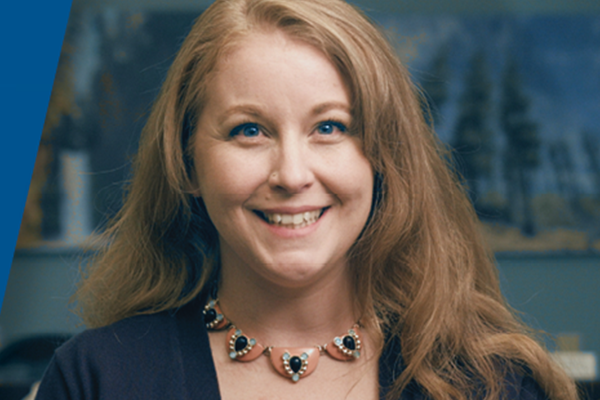Think of it as your first impression for your new home loan or personal line of credit.
Your credit score is a representation of your strength and trustworthiness as a borrower.
This score can limit or empower you when it’s time to look at your next credit milestone; the higher your score, the better your rate and terms will be for purchases.
Credit scores range from 300-850
When you are just starting out, a few moves in the wrong direction can really hurt your score and it can take awhile to recover, but it’s not impossible to rebound.
Isolating Your Issues
Most lenders look at five factors when considering your trustworthiness as a borrower.
Payment History
Your payment history creates 35% of your score. This shows whether you make payments on time, how often you miss payments, how many days past the due date you pay your bills, and how recently payments have been missed.
The more on-time payments you make, the higher your score will be.
Current Debt
Your current debt ratio creates 30% of your score. This can also be referred to as your “credit utilization” and is another important number in credit score calculations.
Add all your credit card balances at any given time and divide that amount by your total credit limit. For example, if you typically carry a balance of about $2,000 each month and the combined credit limit of your Platinum Visa, Home Depot card and car loan is $10,000, your utilization ratio is 20%.
Lenders typically like to see ratios of 30% or less, and people with the best credit scores often have very low credit utilization ratios. A low credit utilization ratio tells lenders you have not maxed out your credit cards and are good at managing your money.
Length of Credit History
The length of your credit history creates 15% of your score. The longer your history of making timely payments, the higher your score will be.
Many people fall victim to being overly cautious by deciding that having no history is better than a bad history. It may seem wise to avoid applying for credit and carrying debt, but it can actually hurt your chances of getting a better interest rate if lenders have no credit history to review.
Types of Credit
The types of accounts you have make up 10% of your score. Lenders like to see that you have opened a variety of accounts, including car loans, installment loans, home loans, even to retail and credit cards.
However, that’s not to suggest you should to open as many kinds of accounts as you can all at once. Unnecessary credit can harm your credit score by creating too many hard inquiries on your credit report. Even considering this, looking for opportunities to diversify your credit types still gets a thumbs up from Cascade Community.
New Credit
Your recent credit activity creates the last 10% of what lenders typically look at when considering your borrowing potential. When lenders see an increase in account openings it’s easy to assume that someone has entered into financial trouble and will face difficulties repaying the borrowed amount, and this activity can lower your score. However, if you’ve had the same loans or credit cards for a long time and pay them promptly (even after payment troubles) your score will go up over time.
A good credit score will open up a world of possibilities for you. By helping you qualify for better interest rates and terms when you borrow money, you might have peace of mind that you have been hoping for!
We’ve got you-
Start the conversation with us if you’d like to begin building your credit score! A CCCU Credit Builder loan is specifically made to help you build your credit score and is a great starting point for gaining control of your finances.
Ask about building your creditkeyboard_backspace
